Jewish Religious Music in Nineteenth-Century America: Restoring the Synagogue Soundtrack. Judah Cohen. Bloomington: Indiana University Press, 2019. ISBN: 978-0253040206.
Reviewed by Jeremiah Lockwood
In his latest monograph, Judah Cohen offers a first deep dive into the overlooked music of a period in American Jewish history that has been the focus of increasing historic attention in recent years. In the brief summation of the period offered by A.Z. Idelsohn in the classic Jewish Music in its Historical Development, Idelsohn asserts that Jewish immigrants lost their sonic identity by adopting the musical norms of their new home. In contrast, Cohen reaches past reductive debates about “tradition versus modernity” to demonstrate why and how Jewish liturgical musicians made the stylistic choices they did. Cohen explores how music offered Jewish Americans a means to express shifting social and economic identities through music. By looking at the music Jews made in their religious life, rather than comparing them to an imagined source of authenticity, Cohen challenges the monolithic paradigm of tradition that has bounded much of the classic scholarship in the field.
Read the rest of this entry »


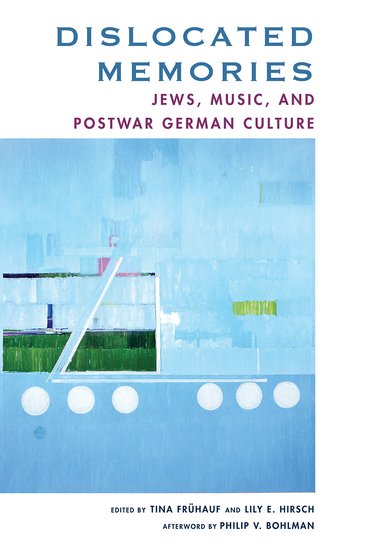
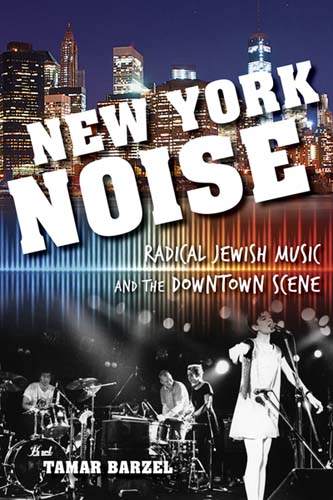
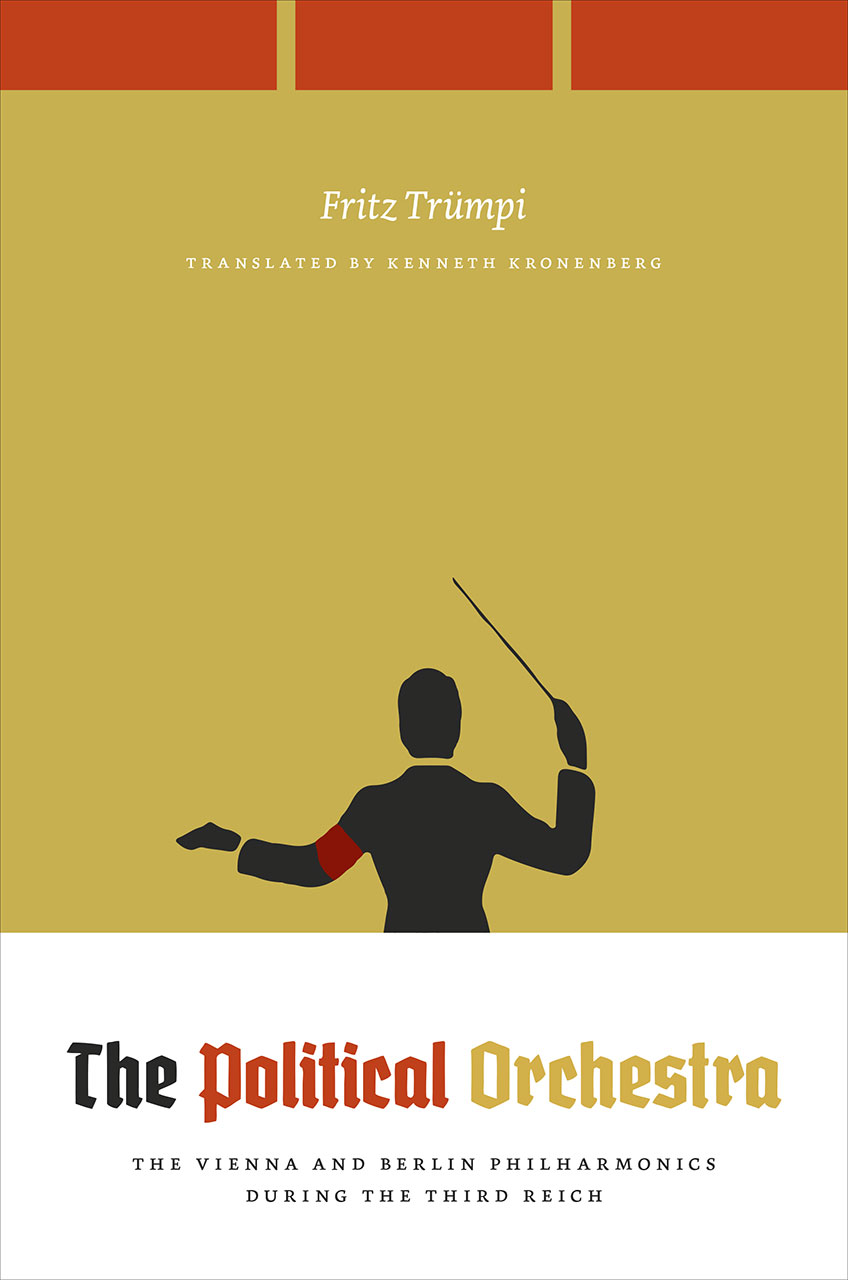
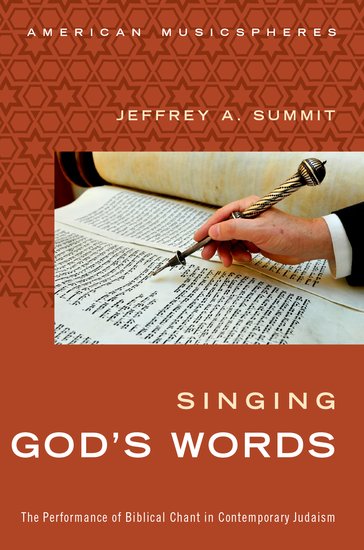 In Singing God’s Words, Jeffrey Summit considers the meanings of Torah chanting in Jewish tradition, most specifically in the context of twenty-first century America. As Summit notes, an increasing number of Jewish American laypeople are choosing to study and chant Torah, and he provides a diverse portrait of the meanings and feelings that his interlocutors ascribe to their study and practice. The work is particularly significant in that it serves double-duty: it simultaneously provides an overview of Torah chant (some of its history as well as its technical specifics and associated terminology) that is accessible to non-specialists, and also provides a portrait of meaning and experience in relation to the practice of chanting Torah with particular reference to Jewish American communities.
In Singing God’s Words, Jeffrey Summit considers the meanings of Torah chanting in Jewish tradition, most specifically in the context of twenty-first century America. As Summit notes, an increasing number of Jewish American laypeople are choosing to study and chant Torah, and he provides a diverse portrait of the meanings and feelings that his interlocutors ascribe to their study and practice. The work is particularly significant in that it serves double-duty: it simultaneously provides an overview of Torah chant (some of its history as well as its technical specifics and associated terminology) that is accessible to non-specialists, and also provides a portrait of meaning and experience in relation to the practice of chanting Torah with particular reference to Jewish American communities.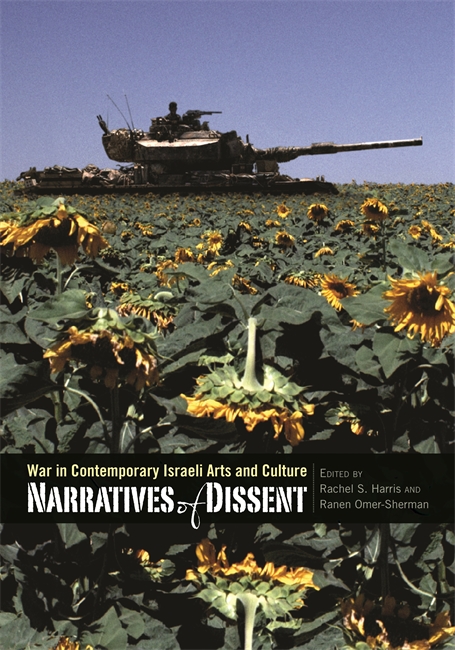
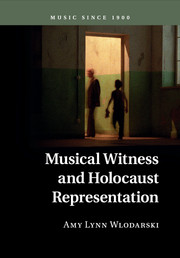
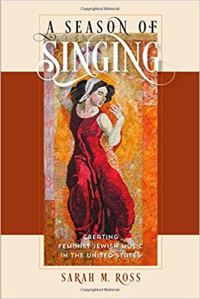
 One of the most important contributions that ethnomusicology has made to the broader study of music is an insistence that music analysis be conducted from a culturally-informed perspective. Through gaining a deep understanding of a music-culture (“a group’s total involvement with music: ideas, actions, institutions, material objects—everything that has to do with music” [Titon et al. 2009:3]) ethnomusicologists frequently think critically about how to best use the tools of music analysis to identify the ways that sound expresses and shapes the beliefs, values, and social dynamics of a group of people. An intriguing example of this approach to music analysis can be found in Experiencing Devekut: The Contemplative Niggun of Habad in Israel by Raffi Ben-Moshe.
One of the most important contributions that ethnomusicology has made to the broader study of music is an insistence that music analysis be conducted from a culturally-informed perspective. Through gaining a deep understanding of a music-culture (“a group’s total involvement with music: ideas, actions, institutions, material objects—everything that has to do with music” [Titon et al. 2009:3]) ethnomusicologists frequently think critically about how to best use the tools of music analysis to identify the ways that sound expresses and shapes the beliefs, values, and social dynamics of a group of people. An intriguing example of this approach to music analysis can be found in Experiencing Devekut: The Contemplative Niggun of Habad in Israel by Raffi Ben-Moshe. 